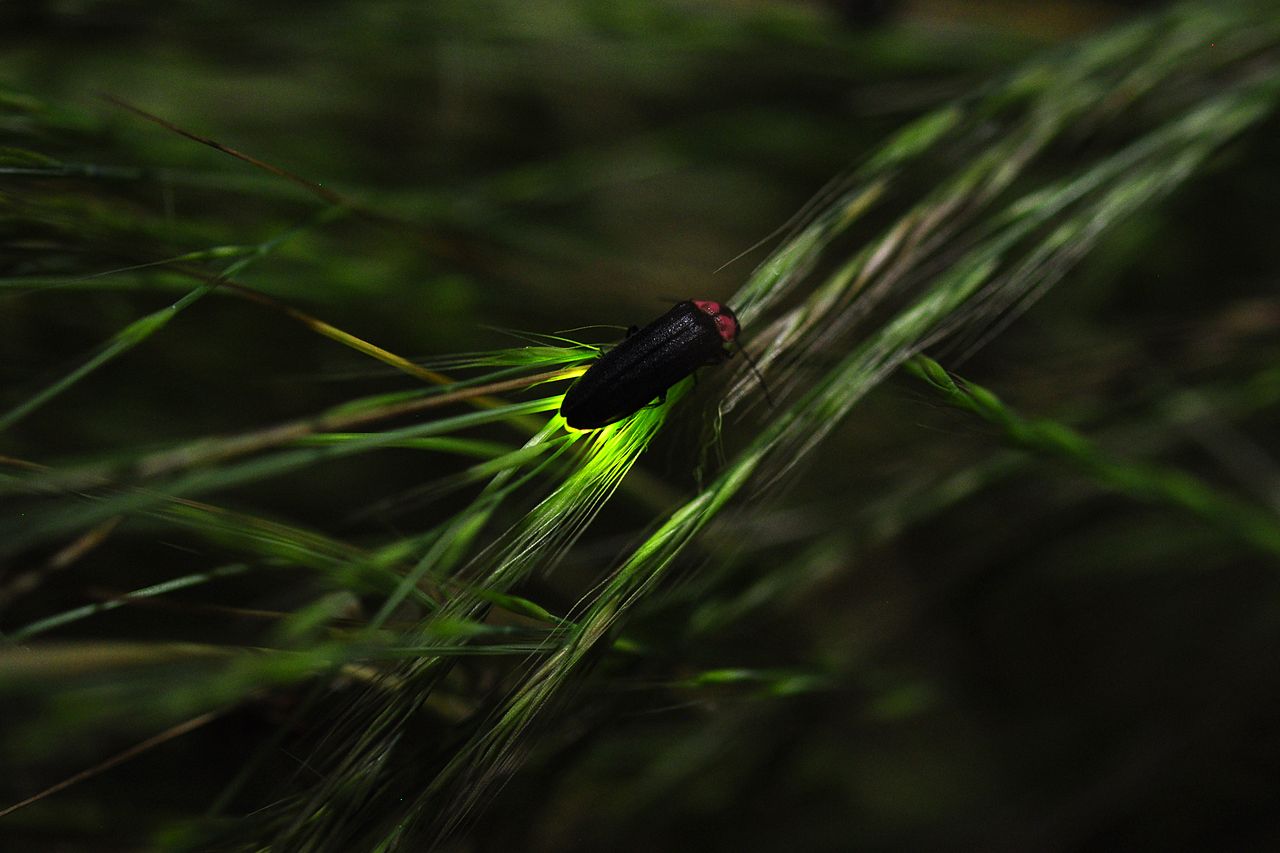Bringing the plants of Pandora to life
(Picture Credit:American Chemical Society)
The iconic glow of life in the 2009 film ‘Avatar’ is something that would only be dreamt up in the writers room or is it?
Bioluminescence is a naturally occurring process and seen across a spectrum of species. This is where chemical reactions occur within a species and create a magically glow. From deep see fish to tiny fireflies, the only group of living organisms that can’t illuminate are plants, until now.
Researchers infused watercress and other plants with nanoparticles loaded with light-emitting luciferin. This is a genetic compound that when oxidised by the enzyme, luciferase, release a natural glow. The green light of the watercress was said to glow half as bright as a commercial 1 microwatt LED. The team even created an off switch for the plants, by adding a compound that stops the luciferase form oxidizing the lucifren, turning the glow off.
Maybe by the year 2154 we will be able to also stroll forests of violet and indigo emitting flora.
For more science and technology articles, pick up the latest copy of How It Works from all good retailers or from our website now. If you have a tablet or smartphone, you can also download the digital version onto your iOS or Android device. To make sure you never miss an issue of How It Works magazine, subscribe today!
Other articles you may like:





